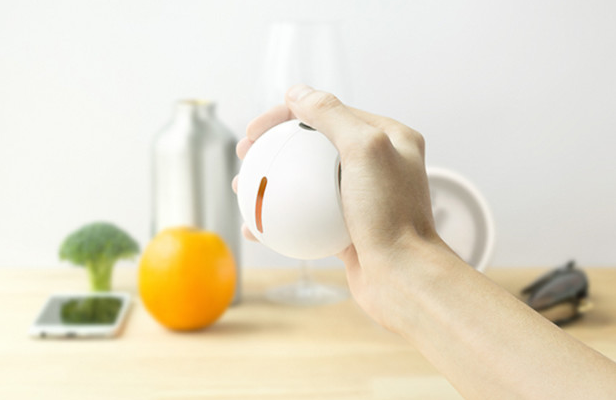Everyone is generally aware of the elements that contribute to a healthy lifestyle: nutrition-dense foods, ample water, some exercise and plenty of sleep, just to name a few. But the one issue most people have is actually quantifying the kind of lifestyle being led with something other than that vague sense of ‘feeling bad’. Luckily, the One X does exactly that.
The One X is a nutritional biosensor that can effectively measure the body’s antioxidant level, a reliable metric for understanding how well the body is able to cope with various lifestyle challenges along with the body’s reaction to elements like sun, alcohol, nutrition, exercise, pollution, stress and sleep. It’s able to do this through high-quality optic sensors that analyze critical skin antioxidants called carotenids with a 20-scan of the palm. Since carotenids absorb light in the blue spectrum, the One X pumps blue light into the palm and reads how much is absorbed for an accurate measurement of the body’s overall health. The worse the lifestyle, the lower the score: This gives up to five users (courtesy of a handy fingerprint sensor) clear incentive to make better decisions throughout the day.

